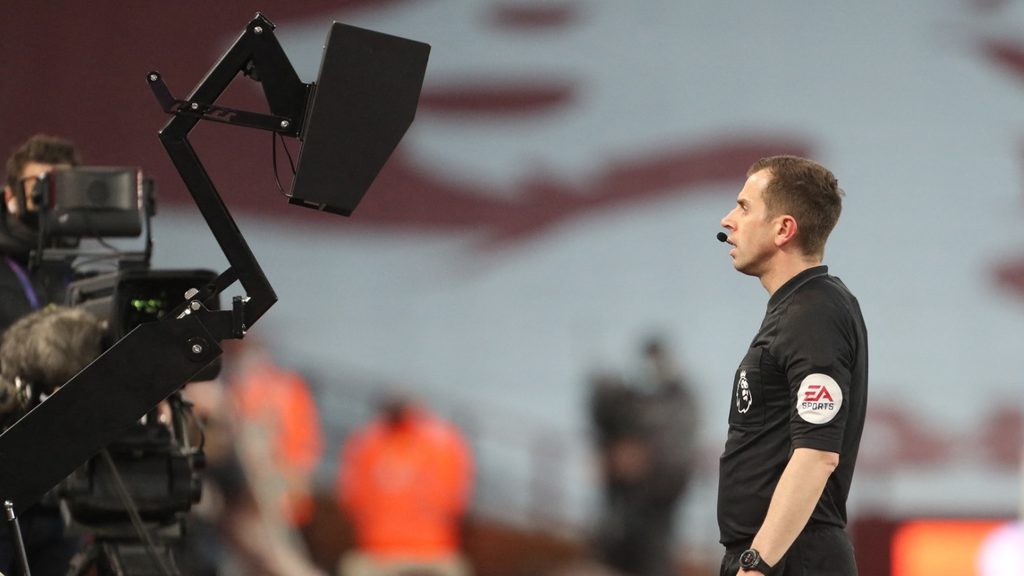
Arguably the biggest and the most followed sport in the world, football is often a thrill-a-minute, action-packed affair for the entirety of its duration of 90 minutes.
And for more than 150 years, the offside rule has been one of the most debated topics in the world of football.
The offside rule was formally adopted in 1863 to balance the competition between strikers and defenders. It has had a few changes since then but the basic objective of the rule remains the same.
It’s a complex law for some, a simple one for others, here’s how it works.
What is the offside rule?
To understand the offside rule, we must first know what the offside position is.
A player is said to be in an offside position when they are positioned beyond the second last player of the opposition without the football.
In simple words, think of it as a player standing close to the opposition goalkeeper waiting to score easy goals through long balls. However, in reality, the offside player can be anywhere between the last defender (usually the goalkeeper) and the second last defender and not necessarily next to the goalkeeper.
It is not an offence to just be in the offside position. But, as soon as the player in the offside position gets actively involved in the play by receiving the ball from a teammate or challenging the opponent for the ball, he commits an offside offence.
The play is immediately stopped when the referee or most often, the assistant referee, who patrols the lines on the side of the field, raises his flag to deem a player offside.
The defending team is then asked to restart the play through an indirect free kick from where the attacking player was stood when offside.
However, a player cannot be deemed offside in their own half and if the attacker receives the ball from a corner kick, a goal kick or a throw-in.
History of offside rule
In the early days of football, teams used to take advantage by deploying players close to the opposition goalkeeper and feeding them with long balls. This resulted in many goals but wasn’t entertaining and tilted the scale heavily in the favour of strikers.
When schools and clubs in England formed the Football Association (FA) in 1863, they drew up the laws of the game, which also included the offside rule.
First offside rule
The new rule considered a player from the attacking team offside if they were ahead of the ball during a pass.
For instance, when a player kicked a ball, anyone from their team who was present towards the opponent’s goal-line and ahead of the ball could not touch the ball or prevent any other player from doing so.
This discouraged passing since players had to dribble their way through the opposition to score goals or make any progress in the field.
In 1866, the rules were relaxed. The attacker now had to be behind three opposing team players, including the goalkeeper, to not be offside.
Changes in 1925, 1990 and 2005
The rules were tweaked in 1925, reducing the number of defenders to stay behind from three to two and in 1990, the International Football Association Board (IFAB) - the body that makes the laws of football - declared that an attacker can be level with the penultimate defender instead of being behind them.
Then, in 2005, the IFAB pointed out that an attacker will be offside only if a part of their body with which they can legally score (head, torso, legs) is beyond the second last defender and they are also actively involved in the play.
It meant that the offside trap that defenders used by deliberately stepping ahead of the attacker to force an offside would not work if the attacker wasn’t interfering with the play, according to the referee.
This brought about a huge change in the teams' gameplay, especially those that relied heavily on the offside trap as a defensive strategy.
The VAR zone
The difference between offside and onside can be extremely small, sometimes as little as a few millimetres. Such intricate details can often be missed by the referee and his assistants, causing a furore among teams and fans after they see the video replays.

To assist the referees on the pitch, another match official called the video assistant referee (VAR) was introduced in 2016, who could review the decisions of the on-field officials by replaying the footage.
VAR has had mixed reactions in the football world, with some saying that it hinders the flow of the game while some calling it a step forward by making the best use of advanced technology.
It remains to be seen if VAR will be of permanent usage in the future or referees will go back to doing all the work themselves. But the aim of the offside rule remains the same - to benefit the game and promote equal competition between attackers and defenders.
Featured photo: AFP / Owen Humphreys







